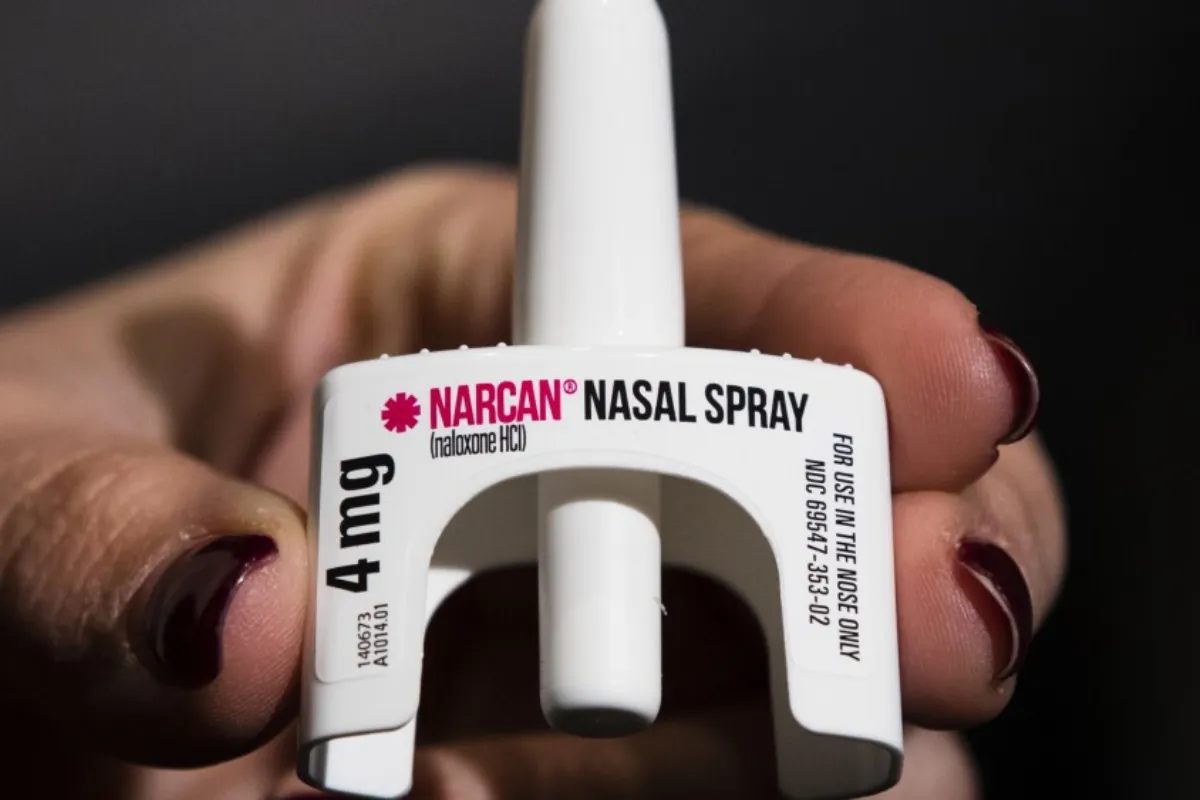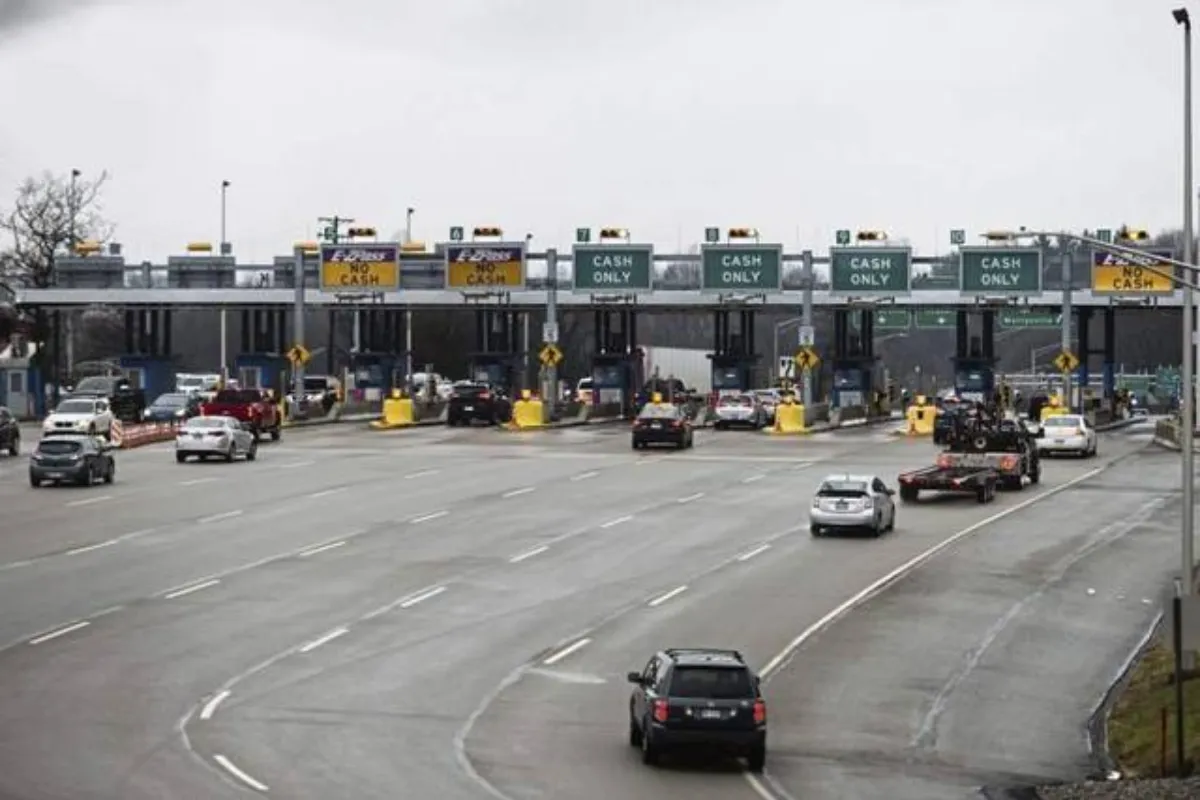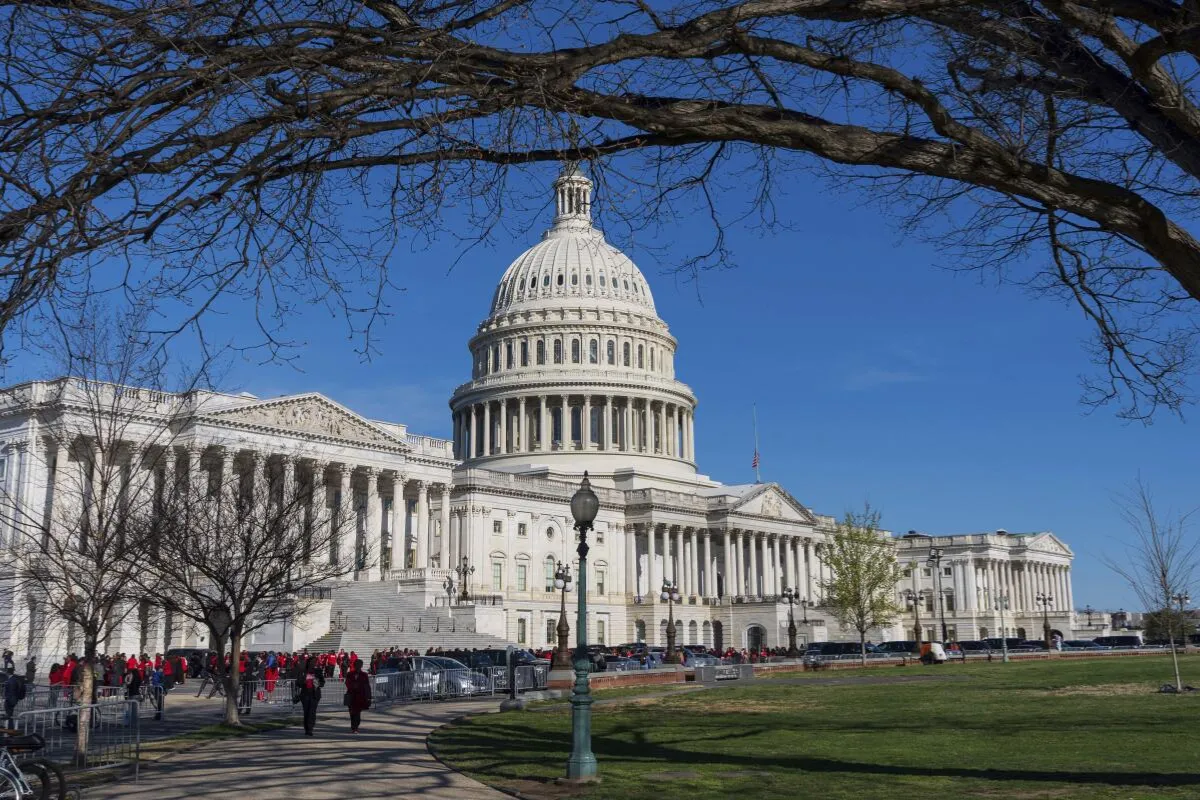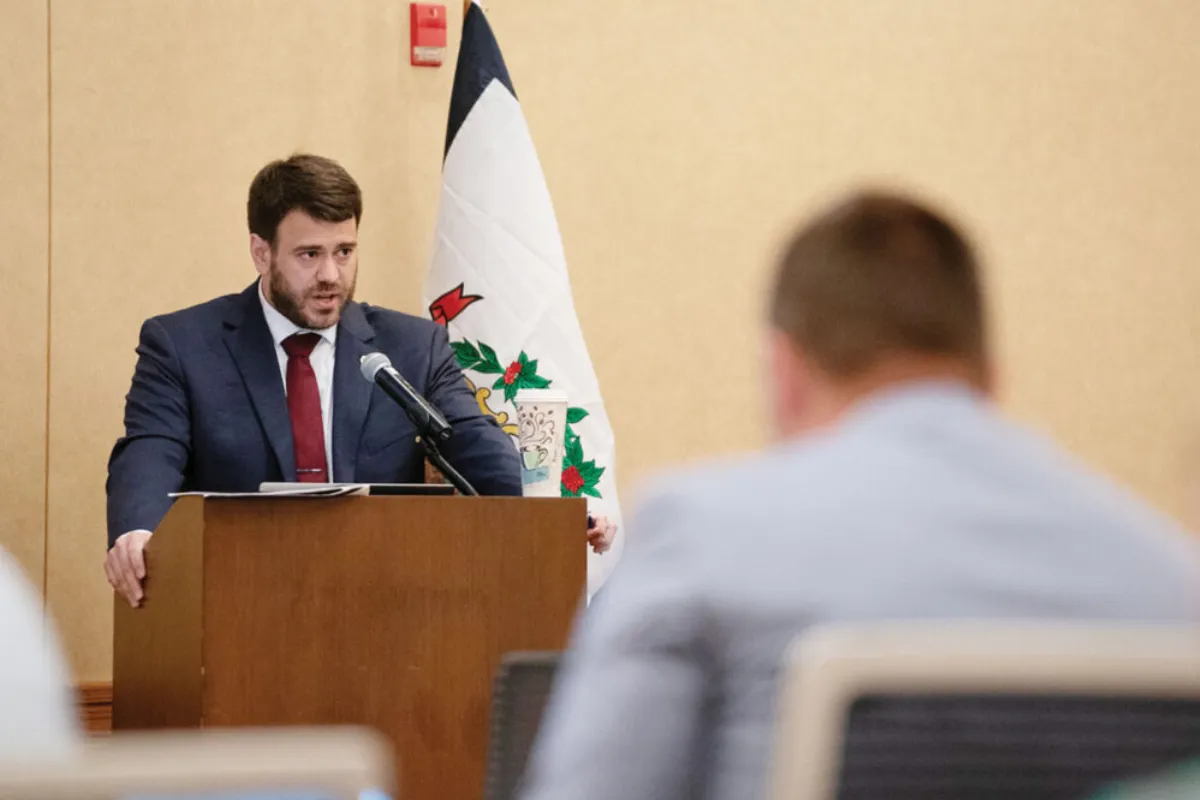In a promising turn for public health, the United States recorded the largest single-year drop in drug overdose deaths in its history.
According to provisional data released by the Centers for Disease Control and Prevention (CDC) on Wednesday, overdose deaths dropped by 27% in 2024, falling from approximately 110,000 deaths in 2023 to 80,000 in 2024.
That’s 30,000 fewer lives lost and the steepest decline the CDC has ever documented in over four decades of tracking the epidemic.
The previous largest one-year decline occurred in 2018 and was only a 4% drop by comparison. The latest figures offer hope in a crisis that has devastated communities for years. However, public health officials caution that this progress could be fragile if current prevention and treatment efforts are not maintained or expanded.
Nearly every state saw a reduction in deaths, with only Nevada and South Dakota showing small increases. Some of the most significant improvements occurred in states long considered overdose hotspots, including Ohio and West Virginia.
While researchers are still trying to pinpoint exactly why the drop was so large, they suggest several key factors likely contributed:
- Wider availability of naloxone, a life-saving drug that reverses opioid overdoses.
- Expanded access to addiction treatment programs.
- Changes in drug use behaviors.
- Increased funding and public health efforts from opioid lawsuit settlements.
- A decrease in the population most at risk, particularly among older adults and a shift away from opioids among teens and younger adults.
Despite the good news, the CDC cautioned that overdose deaths remain the leading cause of death for Americans ages 18 to 44. That sobering statistic highlights the need for continued investment in drug prevention, education, and treatment.
Some experts are concerned that the recent success could slow if public health infrastructure is weakened. Dr. Daniel Ciccarone, a drug policy expert at the University of California, San Francisco, stressed the importance of staying the course. “Now is not the time to take the foot off the gas pedal,” he said.
One of the most impactful tools in fighting overdoses has been naloxone, especially since over-the-counter versions became available. The drug has saved countless lives and helped reduce the number of fatalities, particularly from fentanyl — currently the deadliest drug on the streets.
Another critical factor is the funding resulting from large settlements with pharmaceutical companies, drug distributors, and pharmacies.
Over the past decade, these lawsuits have generated around $50 billion to be spent on addiction recovery, harm reduction, and community health programs. A pending $7 billion settlement involving the Sackler family, owners of Purdue Pharma, could add even more resources in the coming year.
However, the effectiveness of these efforts now hinges on how each state chooses to spend its share of the funds. Regina LaBelle, a former acting director of the Office of National Drug Control Policy, warned that some states may become complacent, thinking the crisis is under control. “States can either say, ‘We won, we can walk away,’ or they can use the money for continued efforts,” she said.
Some federal policy shifts have raised concern. The reorganization and downsizing of certain health agencies under President Donald Trump’s administration could limit the reach of effective programs.
Health Secretary Robert F. Kennedy Jr. insisted overdose prevention will continue, but advocates argue cuts in funding and staff may undo hard-won progress.
Public voices like Dr. Tamara Olt, who lost her son to a heroin overdose in 2012 and now runs the advocacy group Broken No Moore, say real change comes from community efforts, awareness, and accessible treatment. “We believe that taking a public health approach that seeks to support — not punish — people who use drugs is crucial to ending the overdose crisis,” she said.
Kimberly Douglas, who lost her 17-year-old son to an overdose in 2023, echoed that sentiment. “Eventually people are going to start listening,” she said. “Unfortunately, it’s taken 10-plus years.”
As the nation celebrates this unprecedented drop in overdose deaths, the challenge now is to keep the momentum going — and ensure that these lives saved become the foundation for lasting change.
















